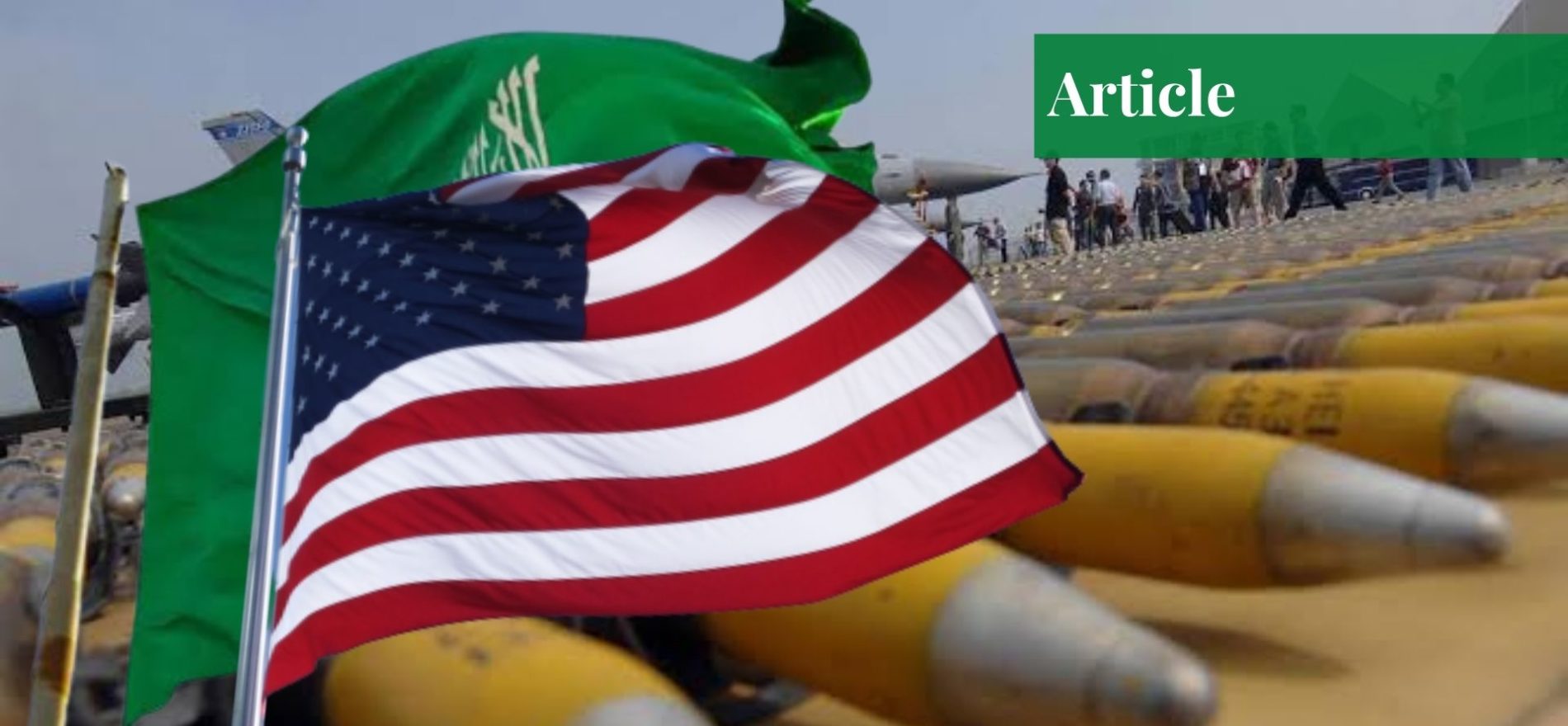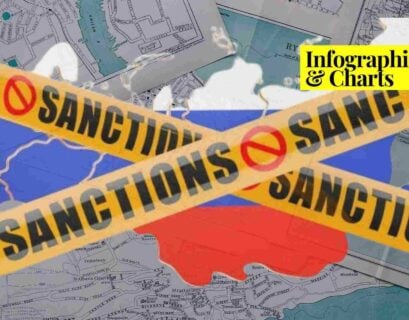Rooha Javed holds a master's degree in international relations and is currently performing a job as a visiting lecturer.
Introduction
After the Cold War ended in the late 1980s, the bipolar global struggle between the United States and the Soviet Union began to have a less direct influence on international politics. Numerous experts in international relations then moved their attention to the regional level to investigate regional security competitions and complexes. However, the Middle East and North Africa (MENA) region was an exception to this global trend and created a new “balance”—apparent in the US arms sales to Saudi Arabia.
The new “balance” that has emerged compares state and non-state actors on their success in preventing or carrying out terrorist acts, gaining political control and influence, having an ideological impact, and tactical success in sectarian or ecclesiastical uprisings in the Middle East.
This balance category is related to the advancement in military weapons to reach the maximum level for power-sharing among allied states. The formulation of international relations among states is based on the conventional weapons extension. Therefore, buying and selling of traditional arms or military weapons is ongoing, especially between the West and the Middle East.
States can utilize the selling of weapons to exert their authority. Historically, the Middle East has played a significant role in the global arms trade, despite its relatively small population. Some countries in this strongly militarised and contentious region are significant arms purchasers, fueled by their alliances with external allies and the enormous income they gain from oil and gas.
In the Middle East, Saudi Arabia has established itself as the largest importer of weapons, and most of its arms trade is carried out with the United States. Grants and loans provided by the United States and other partners have helped others with less robust financial means to fulfill their defense objectives.
Arms Sales to the Middle East
The military expenditure in the Middle East is almost equal to its gross domestic product. Indeed, concerns over military sales to Saddam Hussein’s administration in Iraq by various countries throughout the 1980s were one of the elements that led to the establishment of the United Nations Register of Conventional Arms (UNROCA). Some Middle Eastern countries have built military-industrial bases that fulfill their own defense needs and even make hefty profits through arms exports to other countries.
Moreover, conventional arms sales continue to be dominated by the United States and Russia, but France and Britain had brief periods of leadership in 2011-2014 and 2007-2010, respectively. US market share climbed from 38% in 2013 to 50% in 2014, a steady lead for the United States. The United States has maintained its position as the world’s leading arms exporter, delivering primary weapons to 96 countries in the last five years, with roughly a quarter of its exports going to Saudi Arabia.
As mentioned earlier, some Middle Eastern countries have now developed their own defense industries. Israel has the most advanced industry in the region and is the only state capable of manufacturing many powerful platforms. However, it still remains heavily reliant on the United States for specific systems. Israel is a world leader in various fields—such as unmanned aerial vehicle (UAV) technology—and was the 11th largest arms exporter from 2004 to 2008, with a 23% increase in the amount of effective conventional weapons delivered from 1999 to 2003.
US-Saudi Arabia Arms Trade
Based on data collected by the Stockholm International Peace Research Institute (SIPRI), which tracks sales of military equipment, Saudi Arabia ranked first among all countries on the global level in terms of arms imports from 2015 to 2019, the first five years of the Yemen conflict. When compared to the preceding five-year period, its imports of effective weapons climbed by 130%.
Despite widespread opposition in Washington and London to Saudi Arabia’s military action in Yemen, the US and the United Kingdom continued arms sales to Saudi Arabia from 2015 to 2019. Saudi Arabia imported 73% of its arms from the United States and 13% from the United Kingdom.
In the context of the arms trade and race in the Middle East, the foreign policy of the US in the region has always played an important role. According to Reuters, in light of Saudi Arabia’s involvement in the conflict in Yemen, the Biden administration has backed a policy of only supplying “defensive” weapons to the country. On the other hand, the State Department approved a massive arms sale, including 280 air-to-air missiles with a potential value of up to $650 million.
The arms transfers from the US to Saudi Arabia amounted to a whopping $3 billion in the five years before the war. Between 2015 and 2020, the US pledged to sell weapons worth $64.1 billion to Riyadh. Additionally, after Saudi Arabia, the UAE became the largest importer of Western weapons and eventually also became part of the conflict.
US vs Russia
Between 2004 and 2008, the United States was the largest supplier of military equipment to the Middle East, accounting for 53% of the total volume of deliveries of effective conventional weapons, a 46% increase from the previous period (1999–2003). France was the second-largest supplier, accounting for 16% of total sales, followed by Germany, accounting for 8%, and Russia, accounting for 7%.
The US is engaged in fierce competition with Russia to acquire regional weapons systems. Russia has increased the number of armaments it provides to its primary customers, including Iraq, Algeria, and Egypt. Being the second-largest arms exporter in the world (after the US), Russia accounts for nearly 20% of the global military equipment sales. Russia sold weapons worth $28 billion just between 2016 and 2020. However, Russia is now looking to dismantle the long-standing quasi-monopoly held by the United States over the arms market in the monarch states of the Gulf.
If you want to submit your articles, research papers, and book reviews, please check the Submissions page.
The views and opinions expressed in this article/paper are the author’s own and do not necessarily reflect the editorial position of Paradigm Shift.



















